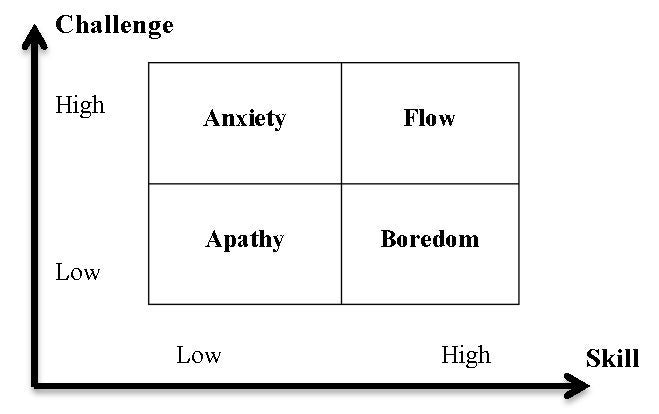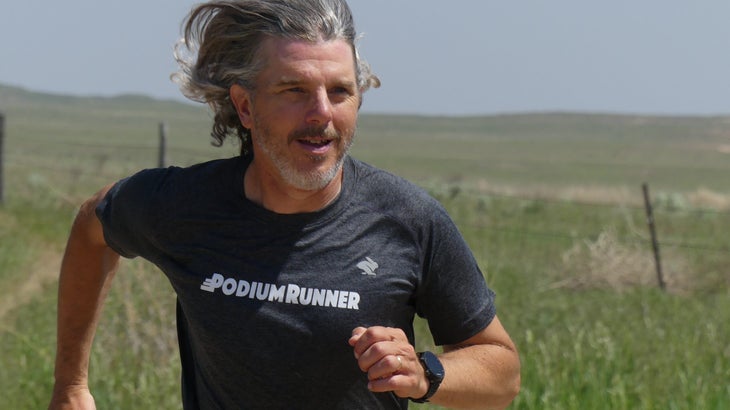Yesterday evening as I drove home from work I watched a snowstorm roll down the face of the mountains to the west. By the time I got home snow was falling thickly on the streets of Boulder. Knowing a morning run would be difficult and cold, with 12° F predicted, I changed up and headed out into the night. Logistics aside, I admit that mostly I just wanted to run in the snow, something I love—particularly when, like last night, it is falling thick and slow.
The run didn’t disappoint. It was magical. And not only because of the snow, but because I found myself floating effortlessly, clicking along with no thought of pace or stride, feeling I could accelerate at will and go as long as I wanted without tiring. It brought to mind something Jared Ward wrote in the training log he did for us this week:
I was floating. I love this feeling. One of my favorite feelings is just floating at a good pace on recovery days late in a season when fitness is high… These days are by feel, for recovery day, but I love when the best feeling is floating fast.
Unlike Jared, I’m not near the end of a marathon training build-up. Considering my recent weeks, however, I realized that I’ve had a good string so far this year, with consistent daily miles, regular hills and strides, and weekly long runs, if only around 90 minutes. But that is enough to raise my skill to the level where I can float fast and carefree for a quiet, beautiful evening run.

Granted, my “floating fast” is more than two minutes per mile slower than Jared’s. But I recognize the feeling he describes, and I agree with him, it is one of the best. The great thing about running is that this feeling it is equally available to mid-pack marathoners—even aging ones—as it is to Olympians.
The feeling does, however, require those solid weeks of training to access it. Fast is relative, but fast-er is necessary to fully experience this feeling, as it is the feeling of using new-found skill.
In psychologist Mihaly Csikszentmihalyi’s Flow construct, low skill meeting low challenge results only in apathy. The emotion is, “Yea, I can do this, but even I don’t care.”

It requires building and using a skill—getting better—before we can face a challenge that takes enough focus it can engage us and take us away. Most of us have rare chances for the full immersion of Flow, where our bodies and minds are stretched to their limits in total focus, but we can often experience the joy and satisfaction of doing something we couldn’t do a few weeks ago.
As runners, we can get this feeling regardless of our ability. An added plus, running entices and compels us to higher levels, which are always available to us. If we stay at the same challenge when our bodies get fitter, we quickly get bored. But running enables us to raise the bar at any time, at any level. And with every step of increased challenge, leading to increased skill, we get a sense of satisfaction.
“If you do anything well, it becomes enjoyable,” Csikszentmihalyi wrote. Or, as another Olympian, Abdi Abdirahman said when we caught up with him training for the trials at his training camp in Ethiopia last week, “I love running. It’s my hobby. I’m good at it.”
Abdi is indeed good at it, and in comparison it feels absurd to say I am too. But on a snowy evening when I’m floating fast around a silent park, I feel good at it, and that amazing feeling makes it a good day, and inspires me to want more. I’m looking forward to that late-marathon-training feeling of high fitness and floating fast (er!) on recovery days in a few months.

—Jonathan Beverly, Editor


